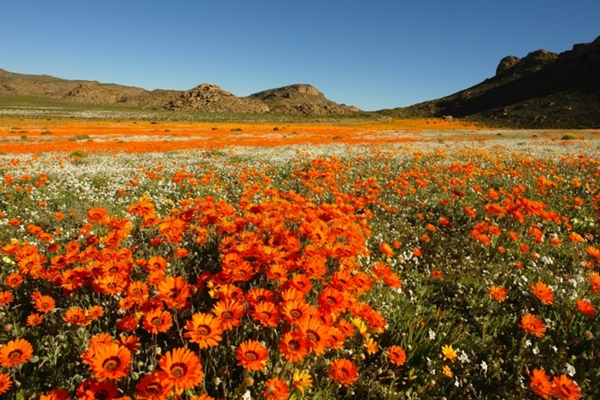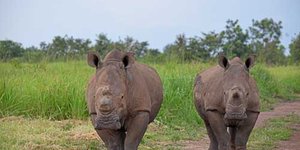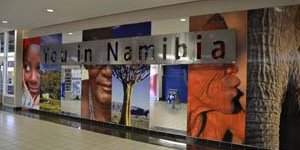Like this article?
Go on, give it a kudu!

Published on July 27 2013
Written by:
Alex Raza
1161 views
As the winter rains fall, South Africa's seemingly barren western coast is ready to burst into its annual display of color. Millions of wildflowers are blooming in the Cape Floral Kingdom, a region made up of eight protected sites spanning the Western and Eastern Cape. The region is the smallest of six recognized floral kingdoms in the world and has more than 9,000 unique plant species, many of which are endemic to the region.
Following a route south of Springbok all the way to the southern coastal tip of the Cape, travelers can enjoy the spectacular floral display which comes in full swing during the rainy season. The floral region can be visited at any time of the year, but the best time to enjoy a Flower Safari is in the late winter to spring season (July – October). The protected areas which dot the floral region offer excellent opportunities for viewing the flora and enjoying a range of other activities.
Starting at Table Mountain National Park, travelers can enjoy walks, hikes, cable car rides, fishing, horse riding, and seasonal Whale watching. The park is the location of Kirstenbosch Botanical Gardens, one of South Africa's largest plant conservatories, which exhibits unique plants and flowers from many different regions around the country.
From Table Mountain, head south to the Skilpad Wild Flower Reserve. A place renowned as one of the prime locations for the annual spring flower displays in Namaqualand. The 1000 hectare reserve was established in 1988 to conserve the indigenous flora and fauna of the area, and it is arguably the best location in the Western Coast to view bright orange Namaqualand daisies and other unique flower species.
A little further south is the Langebaan Lagoon at the heart of the West Coast National Park. The lagoon is a paradise with over 300 bird species and a diverse range of plant species, only an hour's drive from Cape Town. Travelers can go on walks and hikes to view the swathes of orange, pink, yellow, purple, and white wildflowers which cover the strip of land between the ocean and the lagoon. In addition to the beautiful floral display, park visitors are also likely to see a variety of native fauna like red hertebeest, eland, and Cape grysbok grazing on the fields of flowers.
Another West Coast National Park attraction is the Postberg Flower Reserve, 90 miles north of Cape Town. Unlike Langebaan Lagoon, the reserve is only open to the public between August and September to leave it as undisturbed as possible. When the spring season comes wildflowers bloom in every nook and cranny, turning the small reserve into one of the most spectacular natural color shows on Earth. The Postberg experience is threefold; travelers can enjoy the smell and sight of thousands of wildflowers, wildlife like zebra and wildebeest, and whales if the trip is timed correctly.
A good final stop is the De Hoop Nature Reserve, where the fynbos erupt in a riot of color as sun birds and other tropical bird species dart between flowers feeding on nectar and pollinating plants. The 36,000 hectare reserve is among the most diverse parks in the Cape Floral Region. It is situated at the eastern shores of the Western Cape, in the Overberg region four hours away from Cape Town. De Hoop has 1,500 flora species, 86 mammal species, and 260 bird species. Activities offered include snorkeling, game drives, birdwatching, guided walks, hikes and trails, and horse riding.
Though the flower safari season in the Western Coast is very short lived, it is an opportunity no one can afford to miss. For three months travelers can see nature at its most colorful, an experience which will give any visitor a greater appreciation of Africa's unique flora.
Image Copyright: Northern Cape Tourism Authority
Has been on: 0 safaris
Dissident.
© Your African Safari Ltd, All rights reserved.
Your African Safari is a safari-planning and safari review site. It was created to help support a healthy African wildlife population. All reviews are vetted before being approved and only ethical tours are published

Garamba National Park—an anchor of hope in the Democratic Republic of Congo
Published on January 09 2025
By: R.W.

Namibia imposes new visa requirements
Published on July 25 2024
By: yourafricansafari.com

Do I really need travel insurance or travel protection for my safari?
Published on July 30 2024
By: yourafricansafari.com